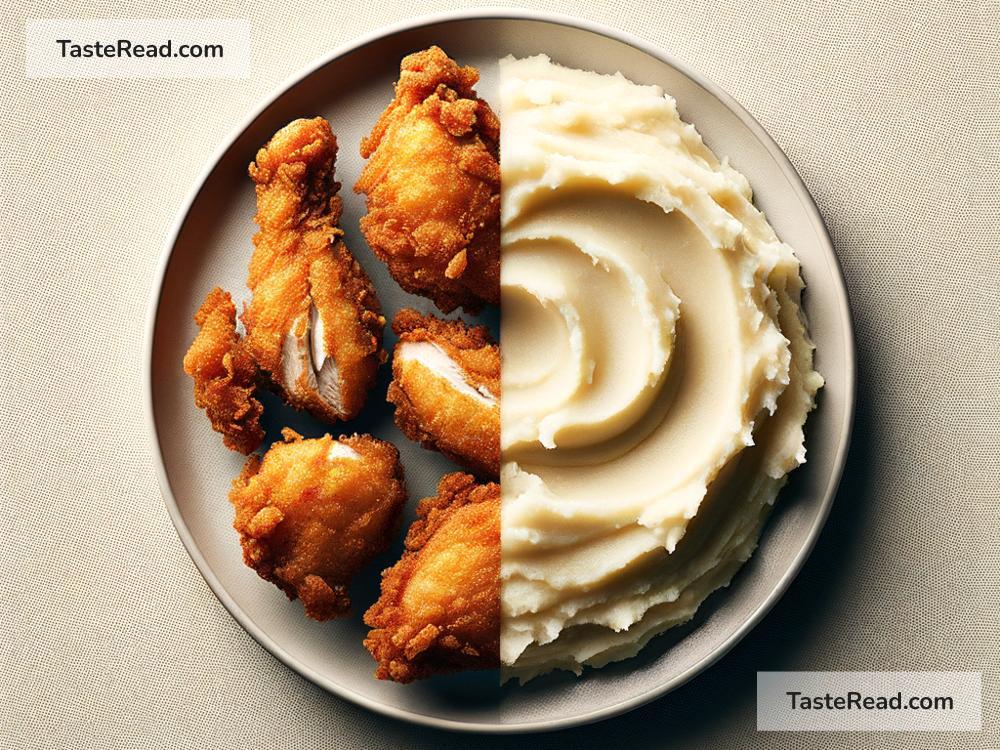How to Photograph Different Textures in Food: Crispy vs. Soft
When it comes to food photography, capturing the essence of what makes your mouth water is an art. Texture plays a huge role in this, making the difference between a photo that’s nice and one that’s drool-worthy. From the crispy crackle of a perfect fried chicken to the soft, smooth curve of a chocolate mousse, textures tell a story of flavor and sensation. So, how do you capture these contrasting textures, such as crispy and soft, in your food photographs? Let’s dive into some simple yet effective techniques.
Understanding Light and Shadow
Before getting into the nitty-gritty, it’s crucial to understand that light and shadow are the painters of texture in photography. Side lighting is your best friend here, as it casts shadows and highlights that define the texture of your food. Imagine the low, slanting light of the early morning or late afternoon—that’s the kind of drama you want in your photo to accentuate those textures.
Capturing Crispy Textures
Think of crispy textures as a landscape. Your goal is to make viewers feel as if they can hear the crunch just by looking at your photo. Here’s how:
Use a Macro Lens
A macro lens lets you get close enough to see the intricacies of the crispy texture—like the tiny bubbles in a golden crust or the delicate flakes of a croissant. This closeness creates an almost tangible feeling.
Increase the Depth of Field
A broader depth of field ensures that the details of the crispy texture are in sharp focus from edge to edge. An aperture around f/8 or higher (remember, the higher the number, the smaller the aperture) is a good place to start.
Emphasize the Contrast
Play around with the contrast settings in your camera or in post-production. Crispy textures often stand out more with a bit of added contrast, making the edges and surface details pop against the softer background.
Photographing Soft Textures
Soft textures, like the velvety surface of a cake or the creamy layers of a lasagna, require a different approach. You want to convey a sense of gentleness and smoothness, enticing the viewer to imagine the texture melting in their mouth.
Diffuse the Light
While side lighting helps with crispy textures, diffusing the light softens it for photographing soft textures. Use a diffuser or even a sheer curtain to scatter the light and create a soft, even glow over the food. This approach minimizes harsh shadows, emphasizing the smoothness of the texture.
Get the Angle Right
Often, a straight-on or slight angle works best for soft textures. It allows you to capture the layers or the subtle shifts in texture, like the air pockets in bread or the creaminess of a sauce. The perspective makes the food seem more inviting and touchable.
Focus on Color and Temperature
Soft textures are often about the emotional response they evoke. Warm, soft lighting can enhance the comforting quality of the texture, while cooler lighting might bring out the freshness or lightness of something like a mousse or a sorbet. Pay attention to the color temperature of your light source and how it interacts with the colors of the food.
Pairing Crispy and Soft
Many dishes combine these textures, and showcasing this interplay can elevate your food photography. Here, composition becomes key. Arrange the food to contrast the textures directly—think a scoop of creamy ice cream atop a crumbling slice of pie.
- Layer Your Focus: Use a shallower depth of field to bring either the crispy or soft element into sharp focus while gently blurring the other. This technique leads the viewer’s eye and emphasizes the texture you want to highlight.
- Balance the Lighting: Use diffused light, but position it to create gentle shadows that outline the crispy textures without losing the softness of the rest.
Conclusion
Capturing different textures in food photography is about understanding and manipulating light, choosing the right angle, and emphasizing contrast where it counts. Whether you’re showcasing the irresistible crunch of a cracker or the smoothness of a pâté, the key is to make the viewer feel they can almost taste and touch the textures through your photos. Remember, practice makes perfect. So, grab your camera, play with these techniques, and watch your food photography come to delicious life!


